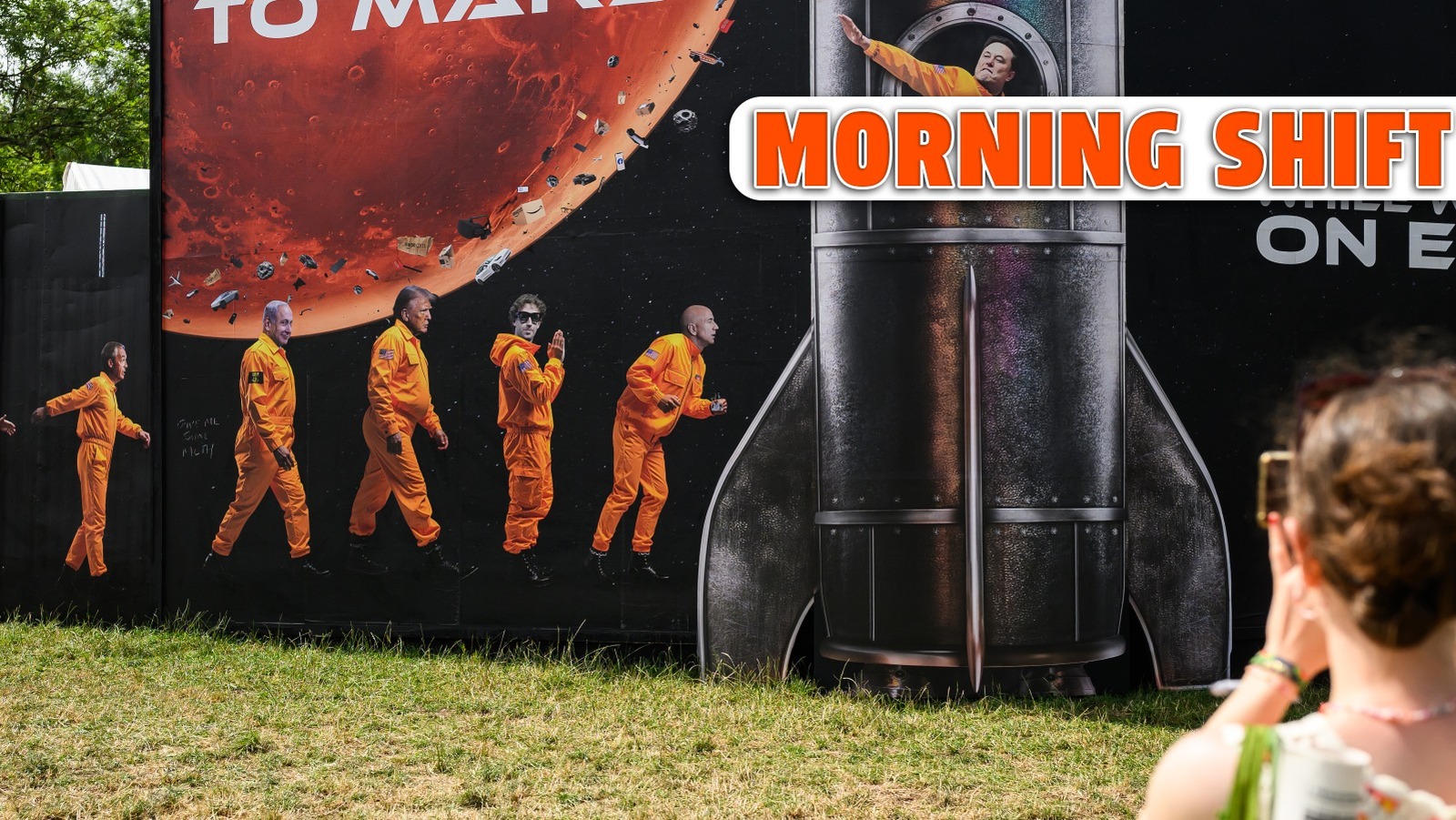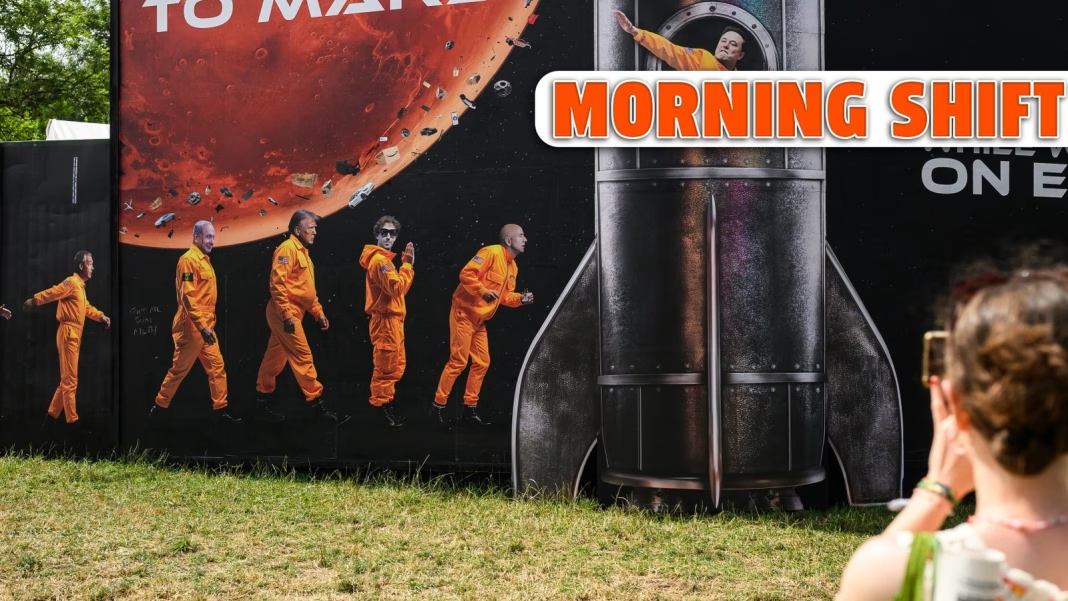How Did Volkswagen Go from Dieselgate Scandal to Electric Vehicle Powerhouse?
If you’d asked anyone in 2015 whether Volkswagen would ever be a leader in electric vehicles, you probably would’ve gotten a hard no. After all, the Dieselgate scandal—where VW admitted to cheating emissions tests on millions of cars—left the company’s reputation in tatters. Fast forward to today, and Volkswagen is not just back on its feet; it’s giving Tesla a serious run for its money in Europe’s EV market. So, what changed? And how did VW manage to turn a public relations disaster into a story of innovation and growth?
What Sparked Volkswagen’s Dramatic Turnaround?
It’s hard to overstate just how much Dieselgate rocked Volkswagen. The company faced billions in fines, criminal investigations, and a massive trust deficit with consumers. But instead of retreating, VW’s leadership made a bold bet: go all-in on electric vehicles. This wasn’t just a PR move. The company committed over $100 billion to electrification, battery technology, and new manufacturing facilities. According to BloombergNEF, Volkswagen’s investment in EVs is among the largest in the global auto industry.
The shift wasn’t just about money, either. VW overhauled its corporate culture, bringing in new leadership and prioritizing transparency and sustainability. The result? A company that’s not only making EVs but making them central to its identity.
Why Is Europe the Battleground for EV Supremacy?
Europe has become the epicenter of the electric vehicle race, and Volkswagen is right at the heart of it. Stricter emissions regulations, generous government incentives, and a growing public appetite for green transportation have made the continent a hotbed for EV adoption. Tesla had an early lead, but Volkswagen’s deep roots in Europe—think local factories, established dealer networks, and a strong brand reputation—gave it a home-field advantage.
In 2023, Volkswagen’s ID.4 and ID.3 models consistently ranked among the top-selling EVs in several European countries. Data from the European Automobile Manufacturers Association shows VW’s EV sales jumped by over 60% year-over-year, outpacing Tesla’s growth in key markets like Germany and Norway.
How Did Volkswagen Outmaneuver Tesla in Europe?
Tesla’s innovative spirit is undeniable, but it’s faced some headwinds in Europe. Production delays at its Berlin Gigafactory, changing subsidy rules, and a few high-profile quality control issues have slowed its momentum. Volkswagen, meanwhile, has leveraged its scale and local know-how to deliver EVs that fit European tastes—smaller, more affordable, and tailored to city driving.
VW’s strategy also includes partnerships with local governments and energy providers to expand charging infrastructure. For example, the company’s Elli subsidiary is building one of Europe’s largest charging networks, making EV ownership more practical for everyday drivers. This kind of ecosystem thinking has helped VW win over skeptical buyers who might have worried about range anxiety or charging hassles.
What Lessons Can Other Automakers Learn from Volkswagen’s Comeback?
Volkswagen’s journey offers a few powerful lessons for the rest of the industry. First, a crisis can be a catalyst for real change—if leadership is willing to take risks and invest for the long haul. Second, understanding local markets matters. VW didn’t just copy Tesla’s playbook; it adapted its products and strategy to fit European consumers.
Finally, building trust takes more than slick marketing. Volkswagen has spent years working to rebuild its reputation, from investing in cleaner technology to being more transparent about its progress. The company’s willingness to own its mistakes and chart a new course has resonated with both regulators and customers.
What Does the Future Hold for Volkswagen and the EV Market?
Volkswagen’s resurgence is shaking up the global EV landscape. The company aims to sell more than 2 million electric vehicles annually by 2025, and it’s already expanding its EV lineup with new models like the ID.Buzz and ID.7. Meanwhile, Tesla isn’t standing still—its new factories and upcoming models could help it regain ground.
But the real story is bigger than any one company. As more automakers jump into the EV race, consumers will have more choices, prices will keep dropping, and the shift to cleaner transportation will accelerate. The competition is fierce, but that’s good news for drivers and the planet alike.
The big takeaway? Reinvention isn’t about perfection—it’s about smarter adjustments. Start with one change this week, and you’ll likely spot the difference by month’s end.


